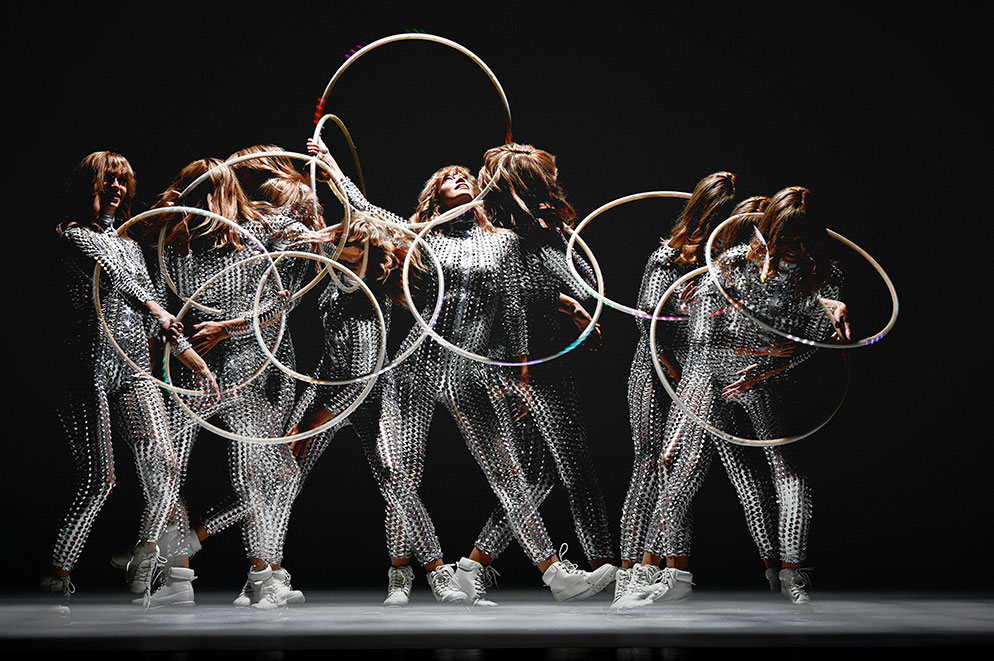Multiple Exposures Made Easy with Nikon Z Mirrorless Cameras
One of the more creative and expressive techniques that digital photography excels at is the multiple exposure. Back in the days of film it was much more difficult to pull off a successful double or multiple exposure. But digital has opened up so much in terms of creative options and the Z series mirrorless cameras have expanded those options even further.
There are two different ways of creating multiple exposures using the Z series cameras: Multiple Exposure Mode and Image Overlay (which is located in the Retouch menu).
Nikon's Z series mirrorless cameras make double exposure or multiple exposure images a breeze due to the cameras’ electronic viewfinder. This is because you can now see in the viewfinder a ghosted exposure of the previous exposures as you take each new one, so placement of subjects can be more precise.
Using the Multiple Exposure Mode
You can record from two to 10 exposures as a single image.
To shoot multiple exposure images, you have to select the Multiple Exposure Mode which can be found in the shooting menu. Choose On (series) which lets you shoot until you turn it Off or On (single photo) that takes one multiple exposure. You also have to select the number of shots you’re planning on taking and the Overlay Mode.
The overlay mode has four options: Add, Average, Lighten and Darken.
Add: The exposures are overlaid without modification; gain is not adjusted.
Average: Before the exposures are overlaid, the gain for each is divided by the total number of exposures (the gain for each exposure is set to 1/2 for 2 exposures, 1/3 for 3 exposures, etc).
Lighten: The camera compares the pixels in each exposure and uses only the brightest.
Darken: The camera compares the pixels in each exposure and uses only the darkest.
The cameras also give you the choice to keep all of the exposures as individual files or create the multiple exposure and discard the individual exposure files.
Turning On Overlay Shooting lets you see earlier exposures superimposed in the viewfinder as you shoot.
Lastly, select first exposure (NEF) gives you the opportunity to choose the first exposure from the NEF images on your memory card.
Multiple exposures shot with an NEF (RAW) option selected for image quality will be recorded in JPEG fine L format. What this means is that each individual image will be captured as a NEF file, but the finished multiple exposure created by the camera is saved as a JPEG fine L (large) file.
When shooting multiple exposures, within the i Menu, you can view progress, retake the last exposure save and exit or discard and exit. To access these options, press the play button and then the i button.
View progress: View a preview created from the exposures recorded to the current point.
Retake last exposure: Retake the most recent exposure.
Save and exit: Create a multiple exposure from the exposures taken to current point.
Discard and exit: Exit without recording a multiple exposure. If On is selected for Keep all exposures, the individual files will be kept.
In-Camera Image Overlay
The Image Overlay feature lets you create double exposures but it works in a different way. The in-camera Image Overlay lets you choose any two images taken with the same camera that are saved on your media card to be combined in-camera. Combine images that were taken weeks apart and you can choose any images on the media card.
To get started, go to the Retouch menu. Toggle down and choose Image Overlay. Now choose Image 1, and scroll through the images on your media card to find the first shot. Then choose Image 2, and select Overlay. The two images will be combined in camera, and saved as a JPEG file on your media card.
The combinations are limitless. You can even keep a media card with images of a full moon or some other subject handy and when you come across a scene or subject that would work as a double exposure, simply use that media card and experiment!






